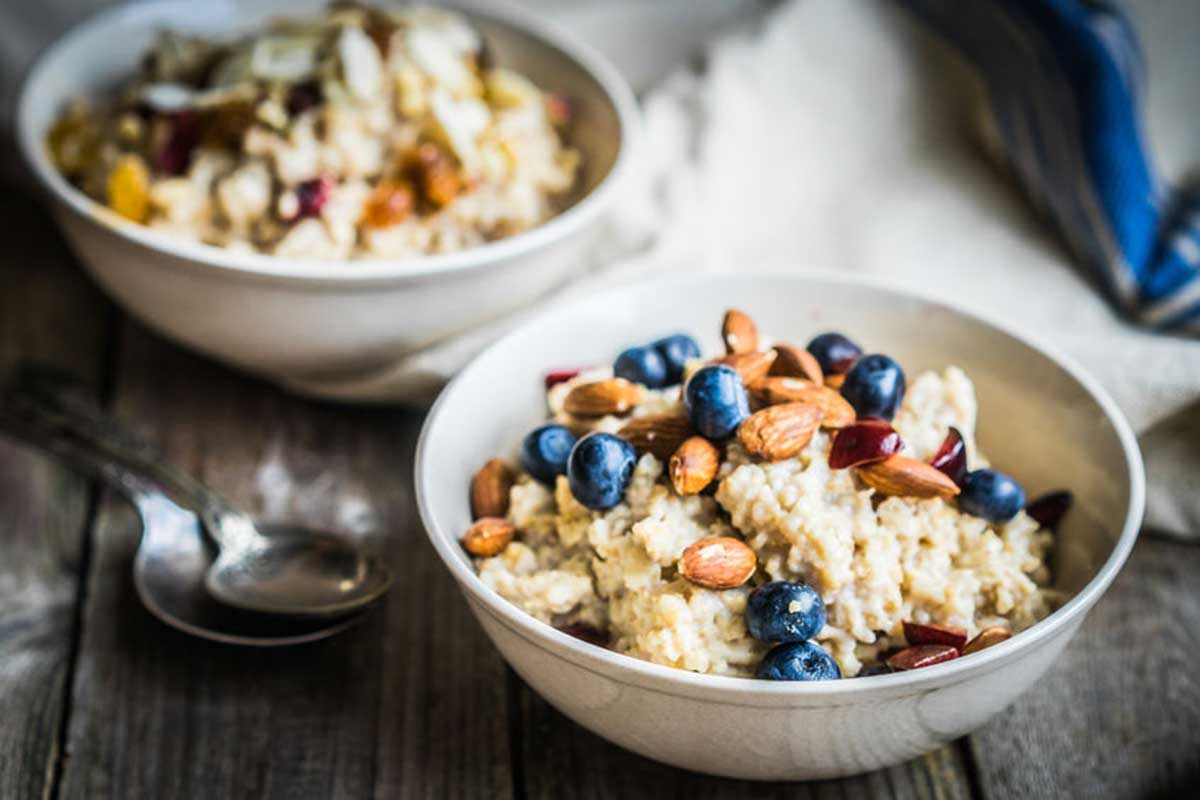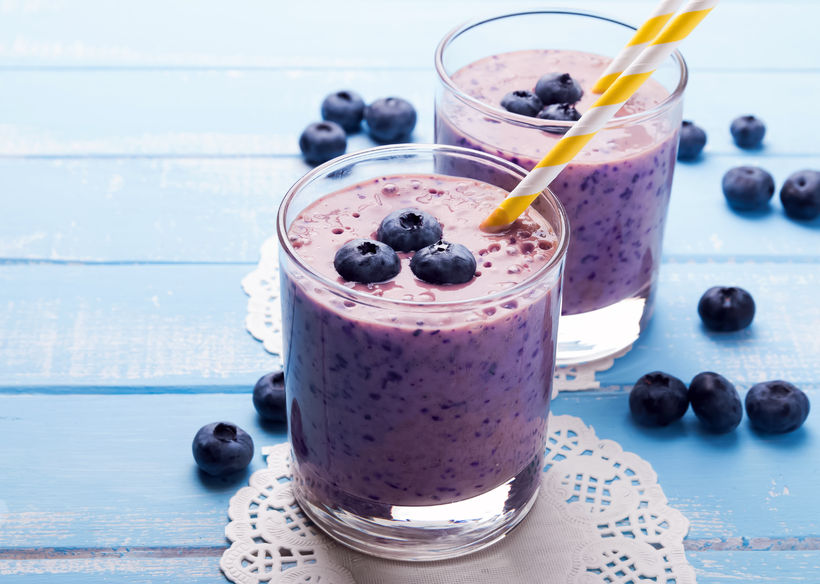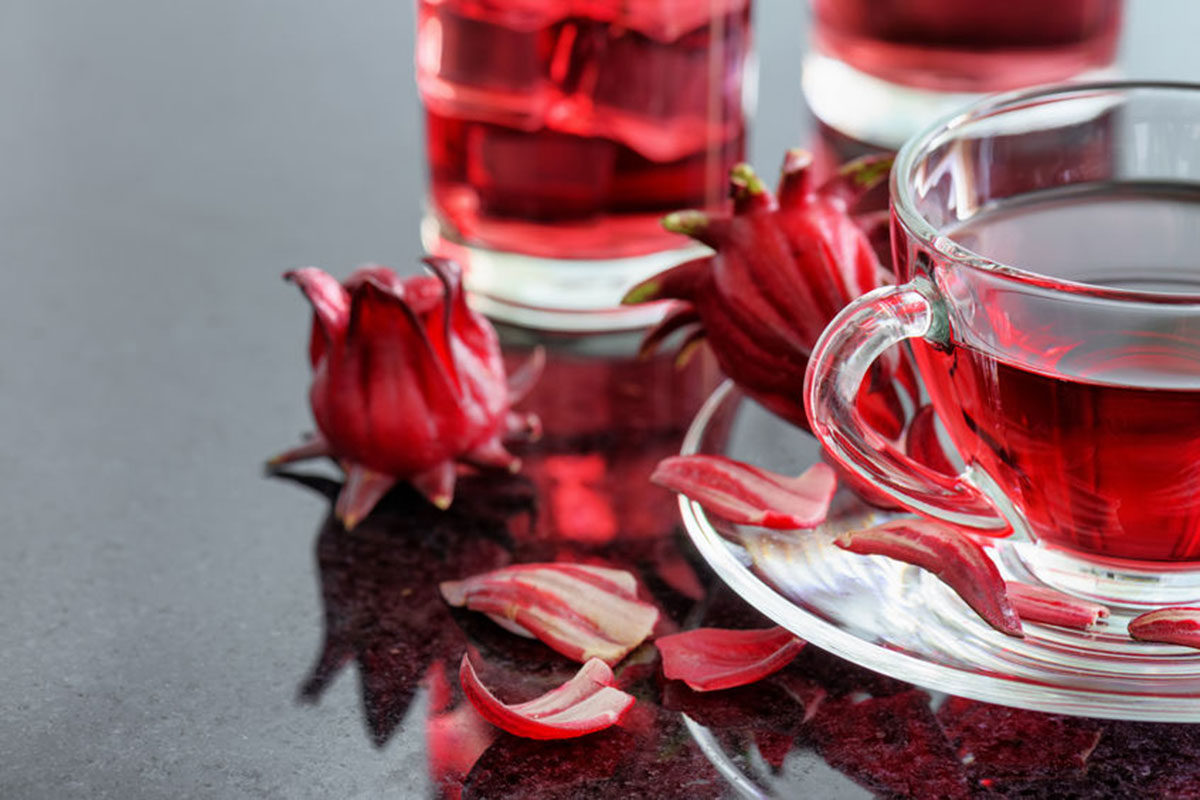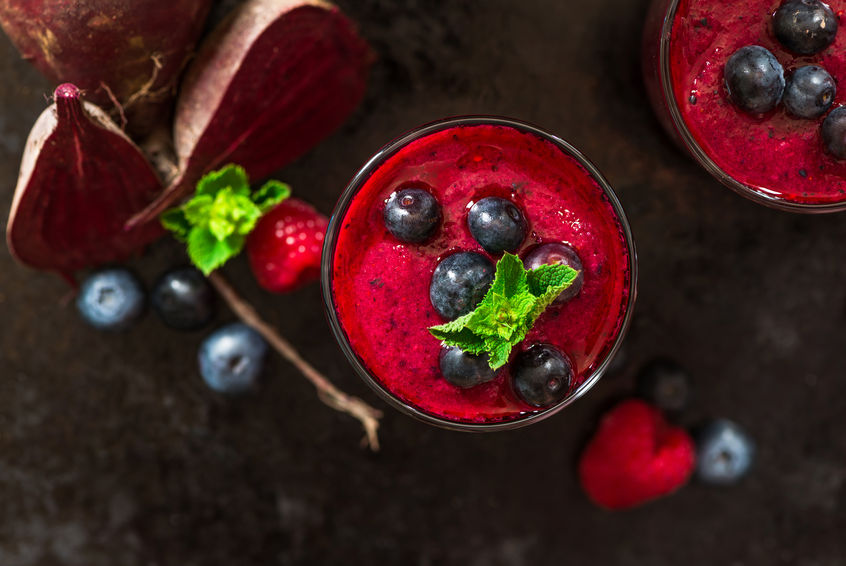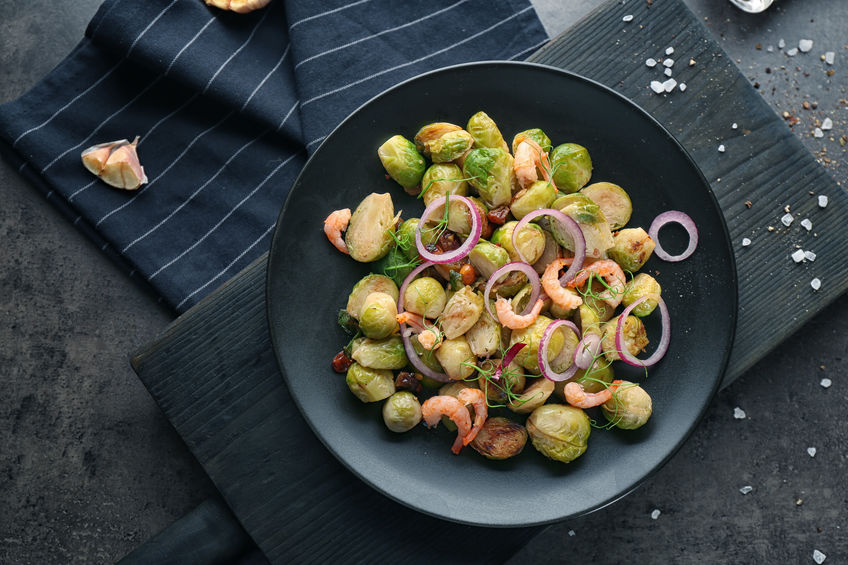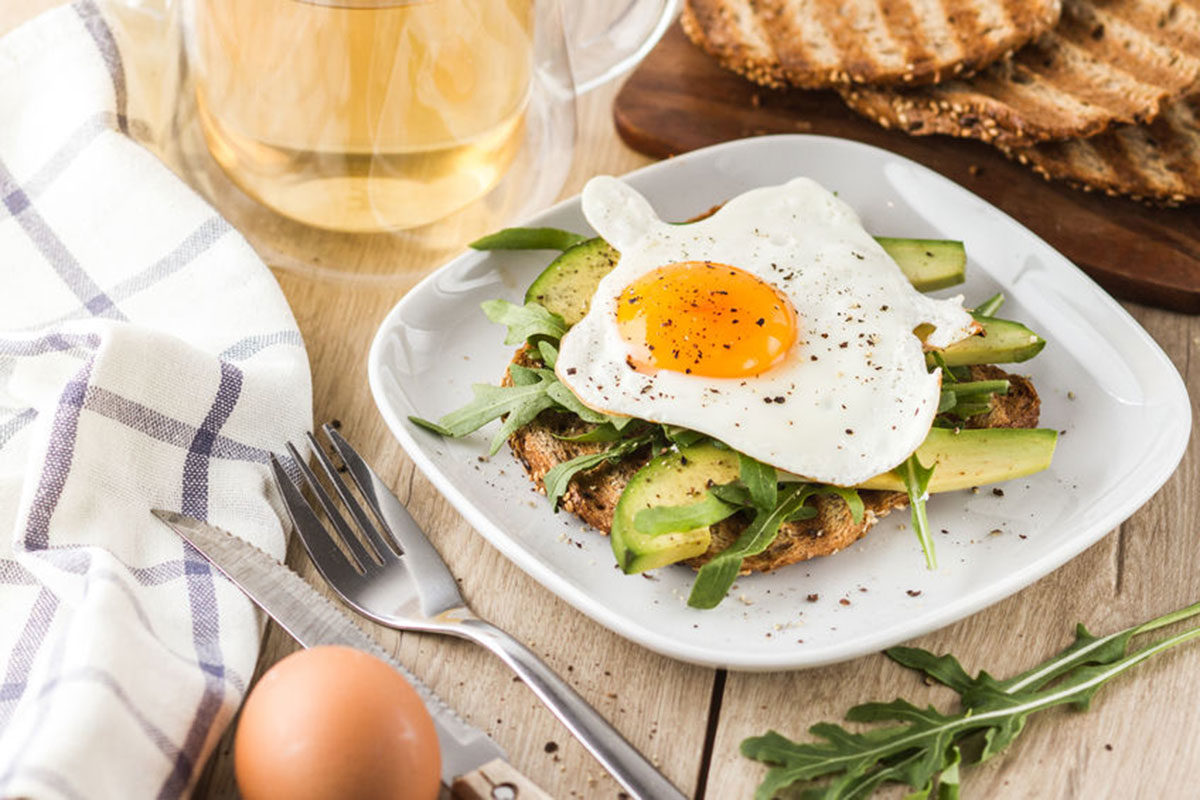As a holistic practitioner I look at the WHOLE person, not just your parts. Thinking holistically just makes sense to me. Why would we pretend that your thoughts have nothing to do with how your body responds? If you’ve ever cried before, you’ve proven there’s a connection between your physiology (how your body reacts) and your thoughts and emotions.
We don’t often make this connection when it comes to larger issues in our health. Looking at your mindset is a hidden key to creating a well-rounded picture of your health. Sooner or later the way you think about and talk to yourself will catch up with you because your body is always listening.
This post talks about how to create a mindset for your health and I reference a pretty cool study that gives a great example. If you thought your mindset had nothing to do with your physical body, think again.
So much of health is all about habits and actions, but where do these all stem from? What if we don’t have to make as many changes as we think we do? What if there was one powerful thing that makes a lot of difference?
That thing is mindset.
Mindset is sometimes called “the story we tell ourselves.” It’s our attitude toward things in our life. And we have control over our mindset.
And research is showing that it may be far more powerful than we thought.
Very interesting health mindset study
Here’s a quick story about a fascinating study.
Researchers at Stanford University looked at a bunch of people’s health and wellness lifestyle habits, as well as health markers.
What they found was that the people who thought they were a lot less active than they actually were, had a higher risk of death than the general public. And, they also had up to 71% higher risk of death than people who thought they were more active. Even if the story they told themselves about being “not very active” wasn’t true!
How is this even possible that people who simply thought they were less active had higher risks, even if it wasn’t true?
There are a couple of ideas why. One is that maybe if we feel like we’re less active, it may make us feel more stressed. And stress isn’t good for our mental or physical health. Second, there may be a bit of a mind-body connection where the body embodies what the mind visualizes.
Researchers don’t know why, but what matters is that there is a good mindset.
This means that our mindset, the way we think about ourselves and our habits is extremely important…just as important as actually having good habits.
So, let me give you a couple of strategies to boost your mindset for health.
Health mindset strategy 1 – Aim for good enough.
Almost no one eats perfectly seven days a week (not even me, and I’ll be the first to admit it). It’s inevitable that obsessing over the quality and quantity of everything we eat or drink isn’t necessarily a great mindset to have.
It can bring on binging, shame, and guilt – none of these are great ways to get healthy. We want to get healthier by making better choices and building better habits. And these are usually best done incrementally – one step at a time.
So, instead of having a black and white approach where everything is good or bad, why not try aiming for good enough to empower ourselves to make better choices, instead of perfect choices.
If it helps, tell yourself that you’re doing an experiment. Allow yourself to try out a new habit or way of eating and give yourself permission to experiment with it, instead of aiming for perfection. Sometimes you need to use this mind trick to get yourself over the hump of getting started and sticking to it.
Health mindset strategy 2 – Stop making tradeoffs
When you try to “earn” a gluttonous weekend by eating clean during the week, you’re making a tradeoff. You’re telling yourself that, as long as you’re good most of the week, you can go wild on the weekend.
And that’s not awesome because the mindset is jumping from one extreme to the other. You’re controlling what you do all week, and possibly thinking about how to indulge over the weekend. A better mindset is to live as though you’re trying to do well every single day. Like you care about your health and wellness. Caring about your health can still include the occasional treat. When you’re consistently doing your best, that’s good enough.
Conclusion
Mindset for health can be a powerful tool for better physical health. There’s a proven mind-body connection that research can measure.
Thinking positively, and dropping the black/white and good/bad labels, can help you reach your health goals.
How is your mindset for health? Which of these tips resonate with you the most? How are you going to implement them in your life? Let me know in the comments below.
Recipe (Hydrating mindset refresher): Chia Berry Water
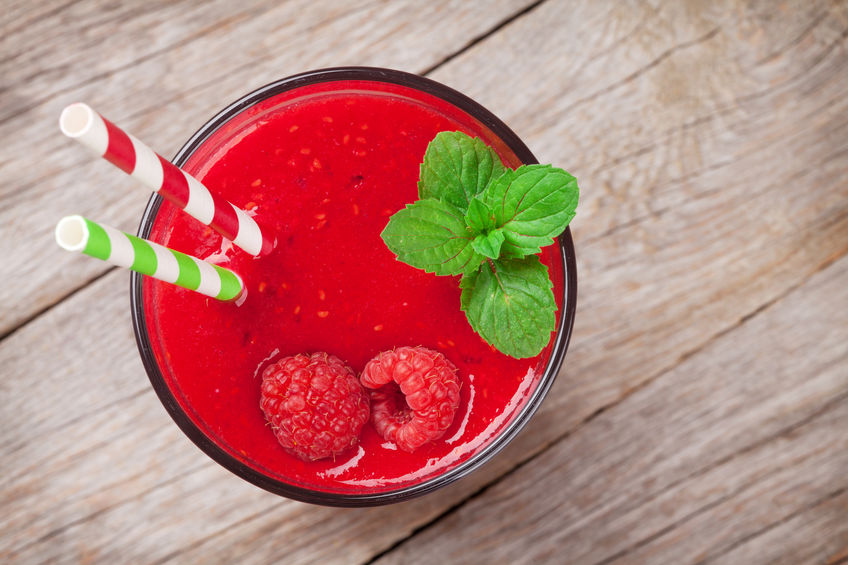 Serves 1
Serves 1
1 Tbsp. chia seeds
¼ cup raspberries
¼ tsp mint
2.5 cups water
Instructions
Add the water, mint & raspberries to your blender and blend until combined (add ice, if desired). Fill your favourite water bottle with the mixture and add chia seeds. Shake before drinking.
Serve & enjoy! This is a great source of fiber and a refreshing tasty drink to have during the day.

